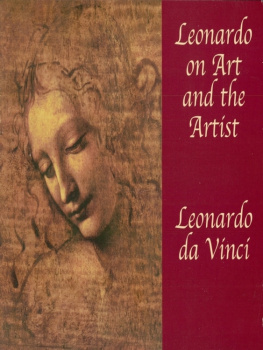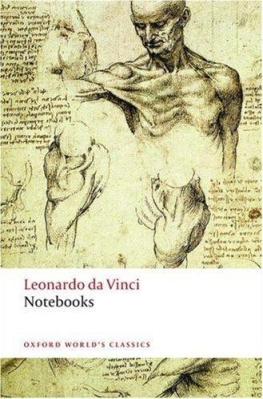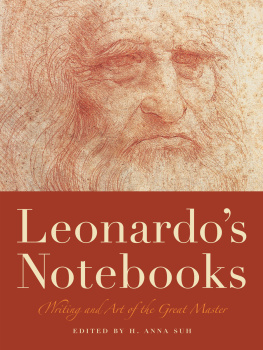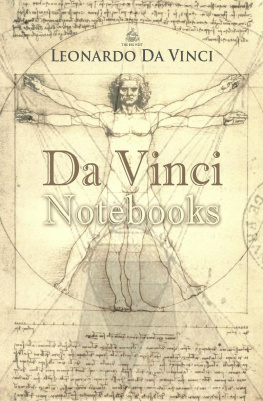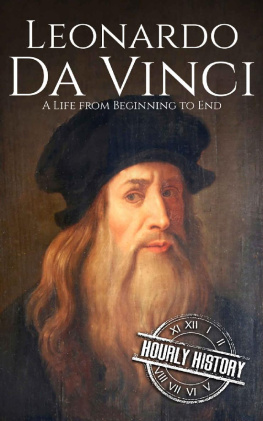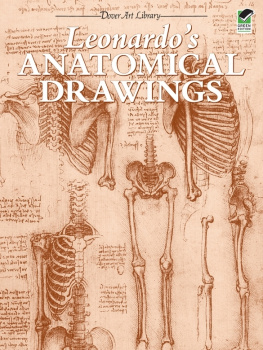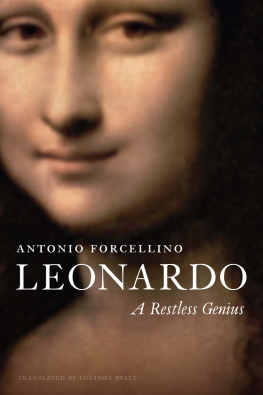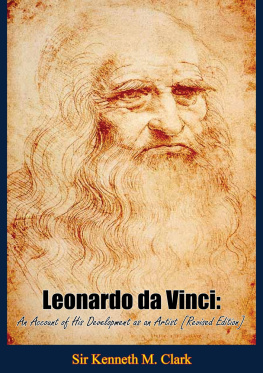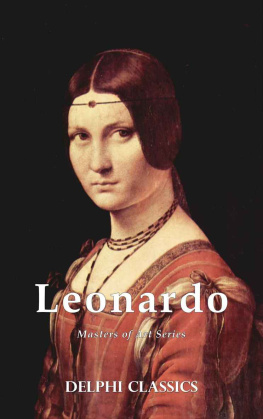DOVER BOOKS ON FINE ART
GREAT DRAWINGS AND ILLUSTRATIONS FROM PUNCH, 1841-1901, Stanley Appelbaum & Richard Kelly (eds.). (24110-6)
TREASURY OF AUDUBON BIRDS IN FULL COLOR, John James Audubon. (27604-X)
BEST WORKS OF AUBREY BEARDSLEY, Aubrey Beardsley. (26273-1)
BLAKES ILLUSTRATIONS FOR THE BOOK OF JOB, William Blake. (28765-3)
THE MARRIAGE OF HEAVEN AND HELL, William Blake. (28122-1)
SONGS OF EXPERIENCE, William Blake. (24636-1)
THE SECRET LIFE OF SALVADOR DALI, Salvador Dal. (Available in U.S. only.) (27454-3)
LEONARDO DA VINCI ON THE HUMAN BODY, Leonardo da Vinci. (24483-0)
DEGAS DRAWINGS OF DANCERS, Edgar Degas. (40698-9)
THE DOR GALLERY, Gustave Dor. (40160-X)
DOR SPOT ILLUSTRATIONS: A TREASURY FROM HIS MASTERWORKS, Gustave Dor. (25495-X)
DORS ILLUSTRATIONS FOR DON QUIXOTE, Gustave Dor. (24300-1)
DORS ILLUSTRATIONS FOR PARADISE LOST, Gustave Dor. (27719-4)
DORS ILLUSTRATIONS FOR RABELAIS, Gustave Dor. (23656-0)
THE RIME OF THE ANCIENT MARINER, Gustave Dor and S. T. Coleridge. (22305-1)
THE COMPLETE ENGRAVINGS, ETCHINGS, AND DRYPOINTS OF ALBRECHT DORER, Albrecht Drer. (22851-7)
THE COMPLETE WOODCUTS OF ALBRECHT DRER, Albrecht Drer. (21097-9)
DRERS RECORD OF JOURNEYS TO VENICE AND THE Low COUNTRIES, Albrecht Drer. (28348-8)
ERTS THEATRICAL COSTUMES IN FULL COLOR, Ert. (23813-X)
100 FULL-COLOR GRAPHICS BY ERT, 2-volume gift set, Ert. (25292-2)
CIVIL WAR ETCHINGS, Edwin Forbes. (28043-8)
GAUGUINS INTIMATE JOURNALS, Paul Gauguin. (29441-2)
THE GEOMETRY OF ART AND LIFE, Matila Ghyka. (23542-4)
Los CAPRICHOS, Francisco Goya. (22384-1)
MEDIEVAL WOODCUT ILLUSTRATIONS: CITY VIEWS AND DECORATIONS FROM THE NUREMBERG CHRONICLE, Carol Belanger Grafton. (40458-7)
FORM, FUNCTION & DESIGN, Paul Jacques Grillo. (20182-1)
LOVE ABOVE ALL AND OTHER DRAWINGS, George Grosz. (Not available in Germany.) (22675-1)
THE LIFE OF WILLIAM MORRIS, J. W. Mackail. (28793-9)
RELIGIOUS ART IN FRANCE OF THE THIRTEENTH CENTURY, Emile Male. (41061-7)
VINCENT VAN GOGH: A BIOGRAPHY, Julius Meier-Graefe. (Available in U.S. only.) (25253-1)
GREAT BALLET PRINTS OF THE ROMANTIC ERA, Parmenia Migel. (24050-9)
WILLIAM MORRIS ON ART AND SOCIALISM, William Morris. (40904-X)
THE COMPLETE GRAPHIC WORK OF JACK LEVINE, Kenneth W. Prescott and Emma Stina-Prescott. (24481-4)
( continued on back flap )
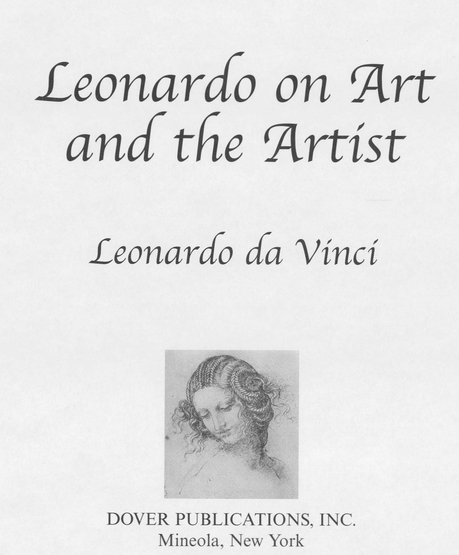
Bibliographical Note
This Dover edition, first published in 2002, is an unabridged republication of the text and illustrations from the work originally published in English translation in 1961 by The Orion Press, Inc., New York, under the title The Genius of Leonardo da Vinci. The original publication of the work in French was under the title Trait de la peinture, Leonard de Vinci, by Club des Libraires de France, Paris, in 1960. The material was assembled, edited, and introduced by Andr Chastel. For the 1961 Orion Press edition, the text was translated from the French by Ellen Callmann. Plates that appeared in color in the earlier editions are reproduced in black and white in the 2002 edition.
Library of Congress Cataloging-in-Publication Data
Leonardo, da Vinci, 1452-1519.
[Trattato della pittura. English]
Leonardo on art and the artist / Leonardo da Vinci.
p. cm.
Translated from French version of Trattato della pittura.
Originally published as: The genius of Leonardo da Vinci. New York:
Orion Press, 1961.
Includes bibliographical references.
9780486137520
1. Painting Technique Early works to 1800. 2. Drawing
Technique Early works to 1800. I. Title.
ND1471 .L4613 2002b
709.2 dc21
2002019776
Manufactured in the United States of America
Dover Publications, Inc., 31 East 2nd Street, Mineola, N.Y. 11501
Table of Contents
Table of Figures
Introduction
Leonardo da Vinci and his writings on painting
Leonardo stands preeminent, and in more than one respect. Different pictures emerge when we consider what is known of him as a person, what has been preserved of his writings, and what remains of his work. It is this diversity that prompts us to search for the underlying unity of his activities, and this search has given rise to the myth that now surrounds the name of Leonardo. This myth, with its overtones of mystery and its Freudian implications, is perhaps, or has been until now, nothing but a desperate attempt to give an all too subtle and elusive artist and man the coherence and consistency usually found only in the heroes of fiction. As a rule we are not obliged to go to such lengths with Renaissance men. They stand out sharply and unequivocally against their background. Leonardos contemporaries, Mantegna, Botticelli, Giovanni Bellini, to mention the most outstanding, or even Francesco di Giorgio and Bramante, are well-defined personalities, each one, cut, as it were, out of a single piece of cloth. Not one of them gives us the ambiguous impression that Leonardo does and, it seems, already did to some of his contemporaries as soon as one tries to pinpoint fundamental questions, eluding all attempts at classification.
It is surprising how few pictures he painted, particularly after his fortieth year, and this has been remarked on ever since the sixteenth century. Equally surprising is how soon and how assiduously his works were copied, so that one has the feeling that whatever he did produce was observed and made use of with disturbing persistence. The navet of the myth, which made him a high priest who was something of a necromancer, a sage who could satisfy every expectation, and a technician who could perform any feat, whether it was in hydraulics or military machines, is actually less remarkable than the servility and veneration which obviously surrounded him and which assured his every whim as well as his major discoveries the same applause nowadays accorded to the least act of Matisse or Picasso. And that, too, is unusual.
One would think that artists of a reflective turn of mind, aware of the problems of art, would not approach Leonardo with impunity. In Florence itself, he had two imitators or, to put it less crudely, two disciples who battened on his motifs, ideas, and suggestions : Lorenzo di Credi, the devotee of glossy, slick forms, always anxious to achieve a high finish, whom Leonardo was one day to repudiate, and Piero di Cosimo, who took from Leonardo a freedom in his activities that he pushed to the point of eccentricity, a taste for the fantastic in nature, and the idea of inventive vision. Like Rubens and El Greco, Leonardo left his mark in that later painters took up new problems and discovered new facets of their craft. But that was not all. He initiated new deviations, pretenses, fixations, which leads one to think that, like Gauguin or even Andr Masson, he influenced through tension, disquiet, questioning, and criticism, in short, through intellectual and nervous stimulation as much as through his work. It was no doubt for this reason that, when he came to Rome in 1513, at the ripe age of sixty, to reap the fruits of fame, it became impossible for him to remain in a city ruled by Leo X and dominated by men more willing to please or more impressive : the heroes of the hour, Raphael, Bramante, and Michelangelo.
The individual, the theorizer, and the painter are so close one to another that they almost merge, particularly if one takes into consideration how much of what Leonardo has left us consists of literary works ; these give the impression of an immense circle within which this agile and demanding mind seemed to feel he had to enclose his art. In other words, the hero and his activities become intelligible if one thinks in terms of equating painting and philosophy, and regards this equation as an advance, not the equivalent or substitute of, or, worse, the conclusion of the philosophical system in its traditional sense. If we can also relate this painting-philosophy to the modern concept of painting-poetry, Leonardo will probably lose some of the false grandeur and mystery that until now have surrounded him. This work attempts to clarify several, in themselves simple aspects of this relationship by tracing it from the artists behavior to the idea of objective painting, and by connecting its spell to a specific attitude toward nature and culture.
Next page
